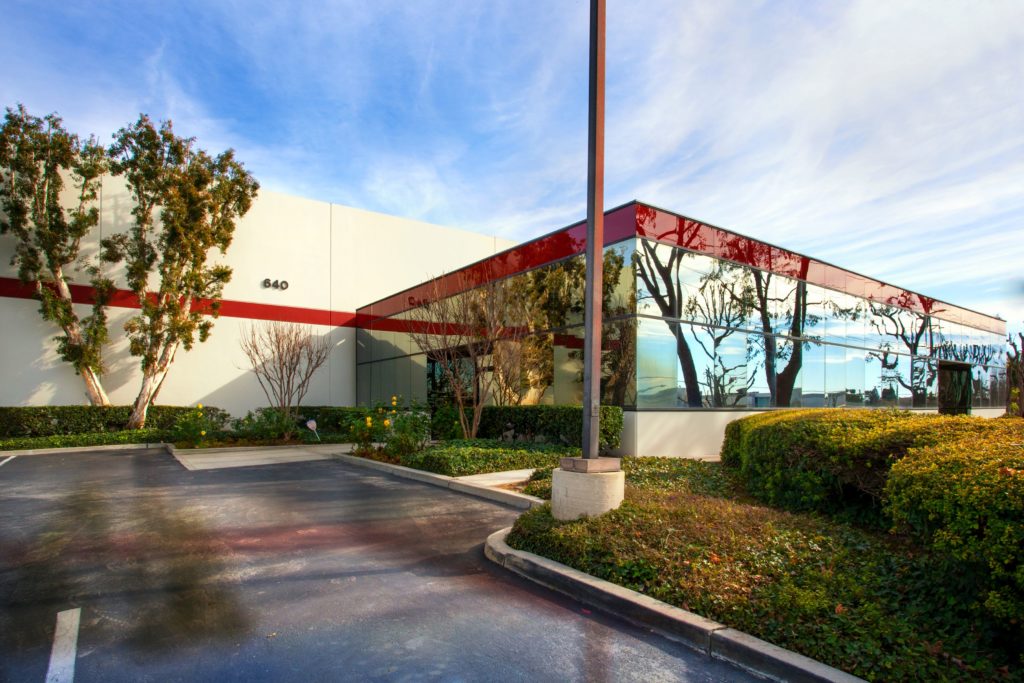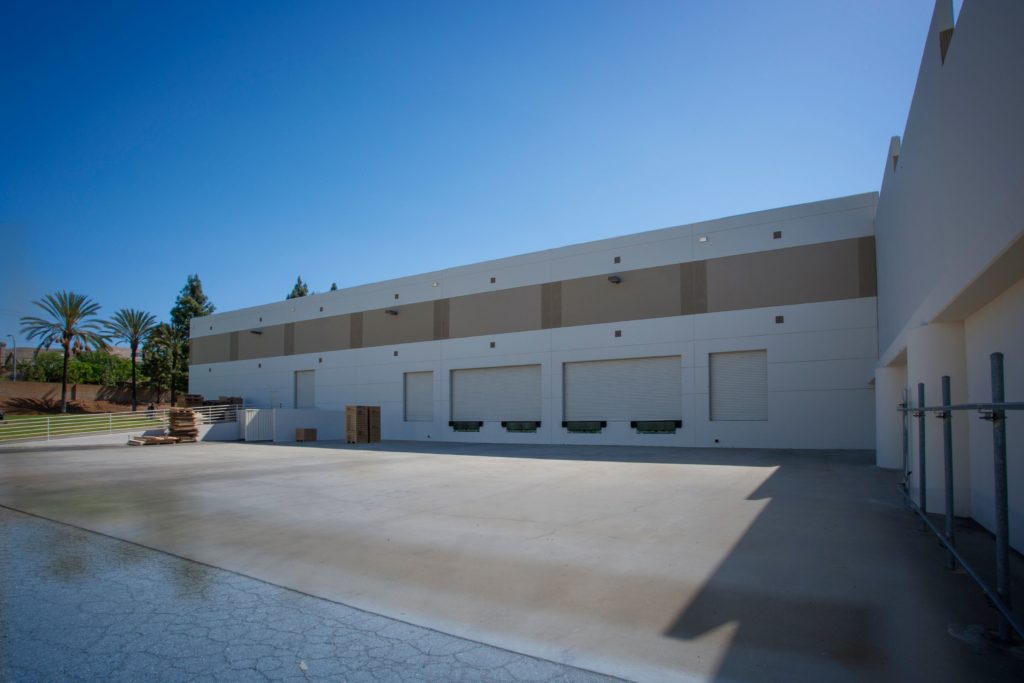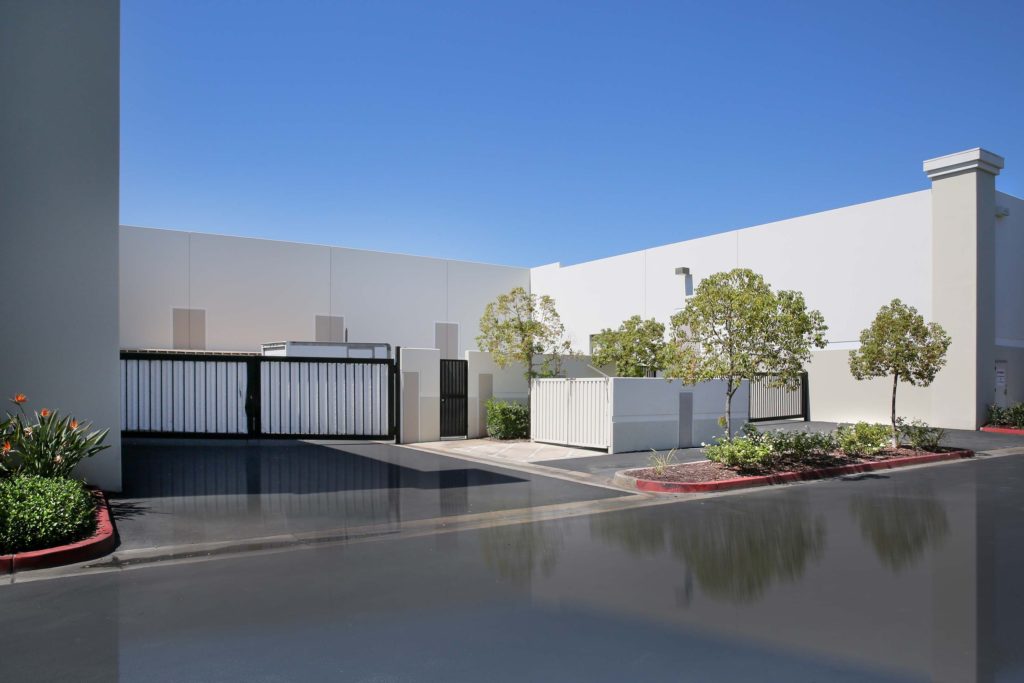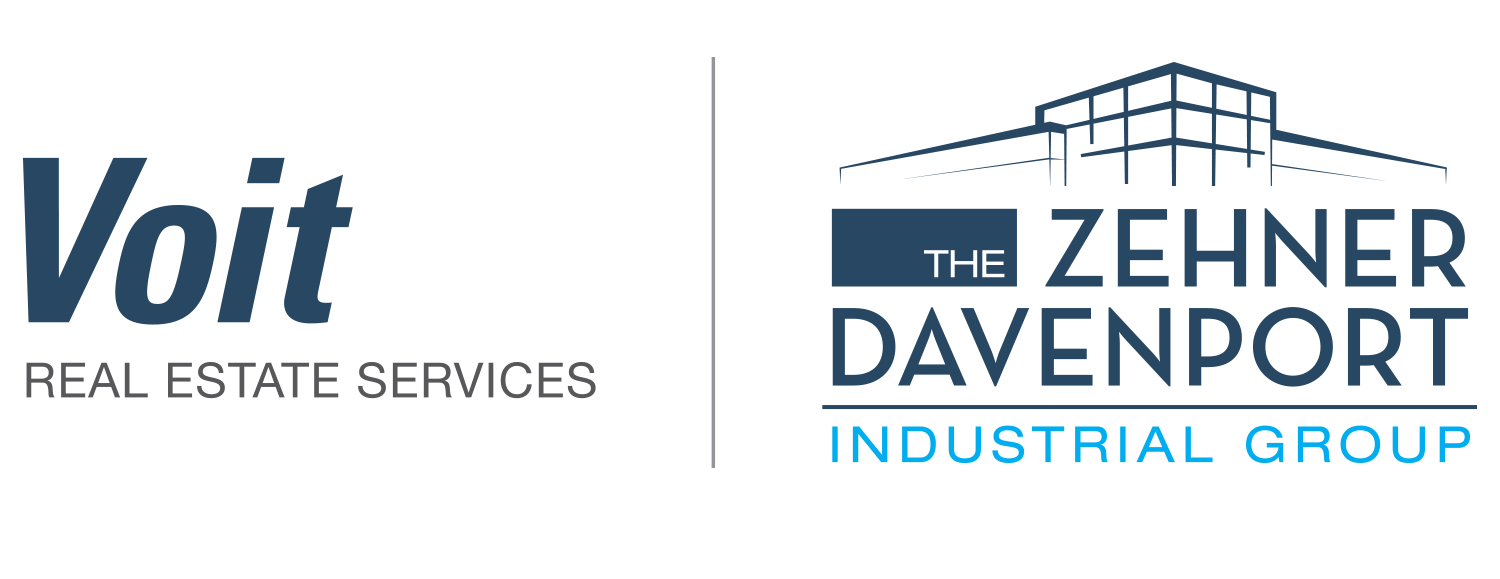Wow, what a rollercoaster of a year! 2021 was anything but boring or predictable. At times painful, at times scary, it was a year of upheaval on the economic front, as governments at all levels made bold moves to quiet the pandemic. We probably won’t know for a while whether the response was effective, but the business community found a way to make the best of a miserable situation.
Perhaps one of the best things to be in 2021 was an industrial property owner.
The industrial asset class outperformed everyone’s expectations in terms of lease rates and sales prices. Both took another quantum leap in the last 12 months to soar to record highs. In Orange County, net lease rates blasted through the $1.00-per-square-foot barrier for the first time ever, something our team was not expecting. Sales prices for owner-user buildings are now cracking the $400-per-square-foot threshold and continue to climb.
How could this happen in the middle of a pandemic? It really comes down to fundamentals. Lack of supply, strong demand and cheap money. In recessions past, the industrial market in Southern California was stuck with excess inventory as developers with projects built late in the up-cycle were caught out as demand declined. Not so this time around. The market went into the pandemic already starved for space and mortgage interest rates were sitting at historic lows.
This provided a stable foundation for the pricing structure, which was supported by skyrocketing demand for space from the e-commerce and related sectors. Essentially, the market stumbled for a few weeks right at the beginning of the pandemic, and then took off like a shot. That surge continues today and demand is still off the charts throughout the region.

But the boom year for property owners has come at the expense of space occupiers. Vacancy has fallen under 2% throughout the Southland and that has made it almost impossible to find good quality space. What little is available comes at a much higher price whether a business is leasing or acquiring industrial space. Owner-user sale prices have risen sharply, as business owners look to control their occupancy costs with fixed-rate loans in the 3% range rather than lease at a record price and suffer annual rent increases. By purchasing, they can still pay today’s high price and at least put the brakes on even higher occupancy costs in the future. Those who are not candidates to buy have little choice but to pay more for space.
That brings us to inflation, which is perhaps the biggest economic threat we all face now that the Build Back Better Act won’t make it the President’s desk for signature. That is good news for the commercial real estate sector, as several proposed tax hikes in the legislation would have had drastic consequences. With that in the rear view mirror, inflation is the big threat, as it impacts every aspect of the American economy. It is now running at the highest level in 40 years with little sign of abating anytime soon. In November, the Consumer Price Index rose at an annualized rate of 6.8%, and may move even higher in December.

The Fed first claimed the spike would be transitory because the supply chain was out of sync with demand hyped up by a massive increase in the money supply fueled by trillions of dollars in fiscal stimulus. That has proved false. We got caught in the classic trap: too much money chasing too few goods, the phrase we became familiar with in Econ 101. We wish those who were printing and distributing all the money had shown up for class that week, but alas, that turned out not to be the case.
Regardless of whose fault it is, here we are and the question now is: what will be done about it? The Fed has already accelerated the pace of its bond-buying pullout, now scheduled to end in March of 2022, and it has signaled three increases in its benchmark Fed Funds Rate during the coming year. That will likely push the yield up on the 10-Year Treasury Bond, the key index for setting mortgage rates. We can’t say precisely how much of an increase in mortgage rates it will take to significantly impact demand, but it will definitely make owning a building even more expensive.
The broader impact of inflation on the general economy is probably the more important factor, as the price for goods and services increases across the board. Historically speaking, the price of busting an inflationary spiral is recession. Additionally, stopping inflation doesn’t automatically mean lower prices. Rent on industrial buildings is a good example. Leases are signed for an average of 5 years, and those signed today are at inflated prices. That cost will remain at those levels for years to come even if other costs for things like fuel and raw materials decline. At minimum, we are looking at a new baseline in terms of the long term cost of running a business.

So, what does 2022 look like for industrial real estate?
For now, our answer is more of the same in terms of supply, demand and prices. Hopefully, the pandemic becomes more manageable and we won’t have to deal with more business interruptions and regulations.
Let’s also hope that the Fed figures out a way not to send us through the windshield as it hits the brakes. Managing the constant flow of trillions of dollars is tricky business to say the least.
- If you own industrial property, you are in a good spot heading into 2022. If you’re a long term player, holding on through the inflation battle may be a good strategy.
- If you’re an investor, you’ll continue to enjoy the benefits of high rents and minimal vacancy risk.
- If you’re an owner-user, you’ll continue to control your occupancy cost through the inflationary cycle with your fixed-rate mortgage.
- The biggest challenge will be for tenants, as it would take a drastic change in the supply-demand equation to send rents lower.
As always, we will be watching the market closely for you, and keep you updated as the year moves along. Q4 results will be in soon, but we doubt they’ll tell us anything new.


Leave a Reply
You must be logged in to post a comment.